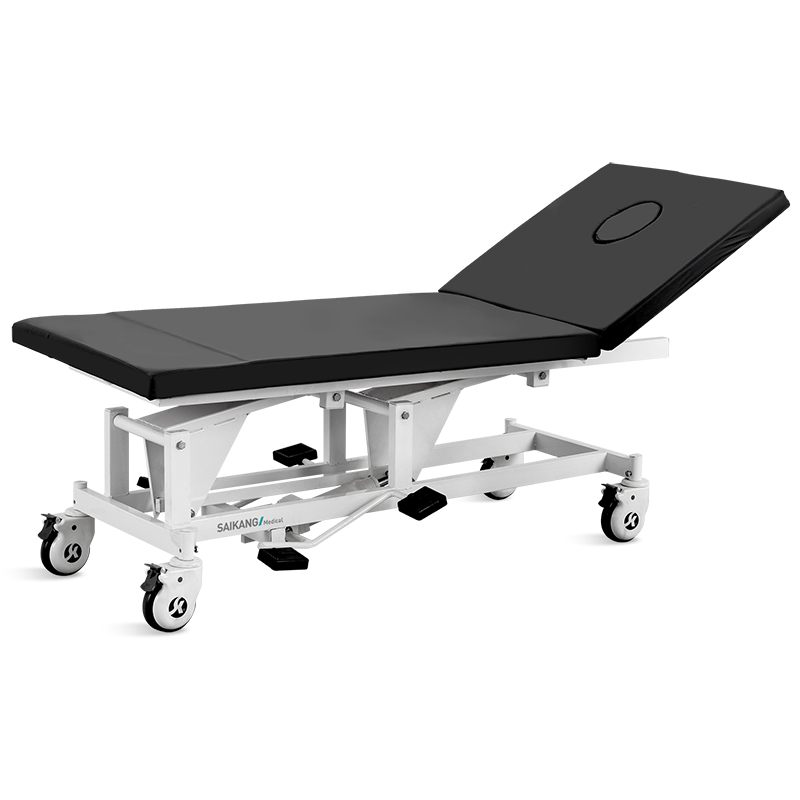In the field of healthcare, where every little detail counts, selecting the right bed may have a major impact. It’s important for patients’ comfort, safety, and recuperation, not only where they sleep. We’ll go through the key elements to take into account while selecting the ideal nursing bed in this tutorial. We’ll travel the route to deliver first-rate care, from determining comfort and safety features to analyzing patient requirements.
Importance of Beds in Nursing Care
In elderly homes, beds are very crucial! See them as comfortable companions for sufferers. Not only do they serve as beds. Patients can more easily sit or lie down on these beds since they can move up and down. They speed up the healing process for patients, acting as kind pals. Nurses utilize these beds to ensure that everyone is comfortable, safe, and able to recover without any problems. Thus, beds in nursing care have more purposes than only as places to sleep. They are an integral member of the care team, providing consolation and encouragement at every turn!
Different types of beds are used for nursing
Let’s examine the many kinds of nursing beds and the various ways in which they are helpful.
Type 1: Conventional Hospital Beds
These are the standard issue in the majority of hospital rooms. With wheels for easy mobility and side grips, they are incredibly flexible. They guarantee that patients sleep well and that nurses can simply assist them.
Type 2: Electric Beds
These are the same as electric beds! They can move up and down with only a push of a button. Patients no longer have to constantly contact a nurse to sit up or lie down thanks to this. It’s similar to having a fancy device in the space!
Type 3: Air-Fluidized Beds
These beds resemble soft clouds. Warm air is used to assist individuals who require further care for their wounds or who have extremely sensitive skin. It’s like always receiving a gentle, consoling embrace!
Type 4: Low Beds
Suitable for patients who may fall out of an ordinary bed, these beds are low to the ground. They serve as everyone’s safety net, keeping everyone near the ground and preventing any bumps or injuries.
Type 5: Bariatric Beds
Bariatric beds are sturdy beds designed for people requiring a little more room. Because they are roomy and robust, everyone may feel comfortable and receive the attention they require.
Type 6: Adjustable Beds
Imagine a bed that can change its form! Patients can find the most comfortable posture with the aid of these beds’ bending and moving elements. Similar to building blocks games, but to create the ideal comfortable haven!
Methods of nursing beds making and their uses

Let’s explore some fun methods that nurses create beds as well as their amazing applications.
Simple Bed-Making
This is the most basic approach, equivalent to a game’s beginning level. Nurses delicately tuck in and smooth the linesns. For patients who are independent in getting in and out of bed, it is ideal. Maintaining order and comfort is key.
Closed Bed-Making
Picture this as an item that has become opened. Nurses make beds closed when not in use. They laid the blanket and top sheet carefully over the bed and tucked the ends under. It’s similar to saying “Hello! When you are, your comfortable space is ready!”
Open Bed-Making
Making beds publicly is equivalent to extending a warm welcome to incoming patients. It seems so tempting for patients to slide in when nurses fold aside the top sheets. A big, friendly hug that says, “We’ve got you covered!”
Occupied Bed-Making
This is a real ninja ability! While the patient is still in bed, nurses change the linesns. Those who are unable to move should use it. Assume performing a magic act on the patient, keeping them comfortable and providing them with clean, new linens . Ensuring the patient feels cared for and refreshed at all times is analogous to a graceful dance.
Surgical Bed-Making
This involves preparing a landing pad for patients returning from surgery. It is simpler to transfer patients from the stretcher to the bed because of the really firm mattress and unique sheet folding. Preparing for a safe landing is crucial!
Choosing the Right Bed for Optimal Patient Care
The same goes for picking the appropriate instrument for the job—choosing the ideal bed for maximum patient care. Assuring patients’ comfort and well-being during their recuperation process necessitates thoughtful planning. Important considerations should be made while choosing the perfect bed.
Assess patient needs
Knowing the patient’s individual needs is the first step in choosing a bed. Вес, mobility, and any underlying medical issues must be taken into account. An electric bed with easy adjustments can be the best option for those with restricted movement. Bariatric beds offer more room and support and are made for bigger individuals. For the patient’s safety and comfort, the bed must be specially tailored to meet their demands.
Analyze Safety Features
Patient care constantly prioritizes safety. Select beds that include features like brake locks on wheels, side rails, and low-height alternatives. By ensuring patients can get in and out of bed securely, these components lower the possibility of mishaps or falls. Quality care depends on safety.
Think About Comfort and Positioning
The healing process is greatly aided by comfort. Patients using adjustable beds can select the most comfortable sleeping position. Also, pressure-relieving mattresses can improve circulation and help avoid bedsores. Patients who are at ease tend to heal faster and are generally happier.
Durability and Budget
In healthcare settings, financial restrictions are a reality, even if patient care is the primary goal. Achieving a balance between quality and affordability is crucial. Long-term cost savings are possible by purchasing sturdy mattresses that need less upkeep. Make sure the bed stays in top shape by routinely checking for warranties and service alternatives.
Last Thoughts
It’s similar to picking the ideal instrument for the task when choosing a nursing bed . It plays a vital role in the healing process and is more than just a piece of furniture. Healthcare practitioners may ensure excellent patient care by giving patient requirements, safety, comfort , and financial concerns priority. It is always important to prioritize durability and safety elements like side railings. A patient’s well-being and speedier healing become improved by comfort and positioning alternatives. Recall that the ideal bed should support patients’ healing processes as well as their places of rest.
 Профессиональный поставщик медицинского оборудования
Профессиональный поставщик медицинского оборудования
